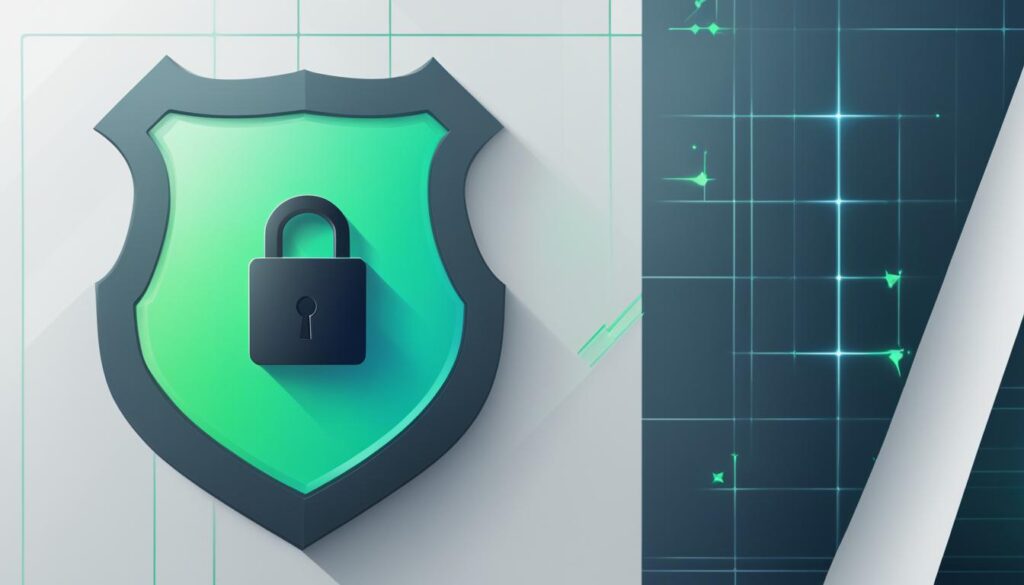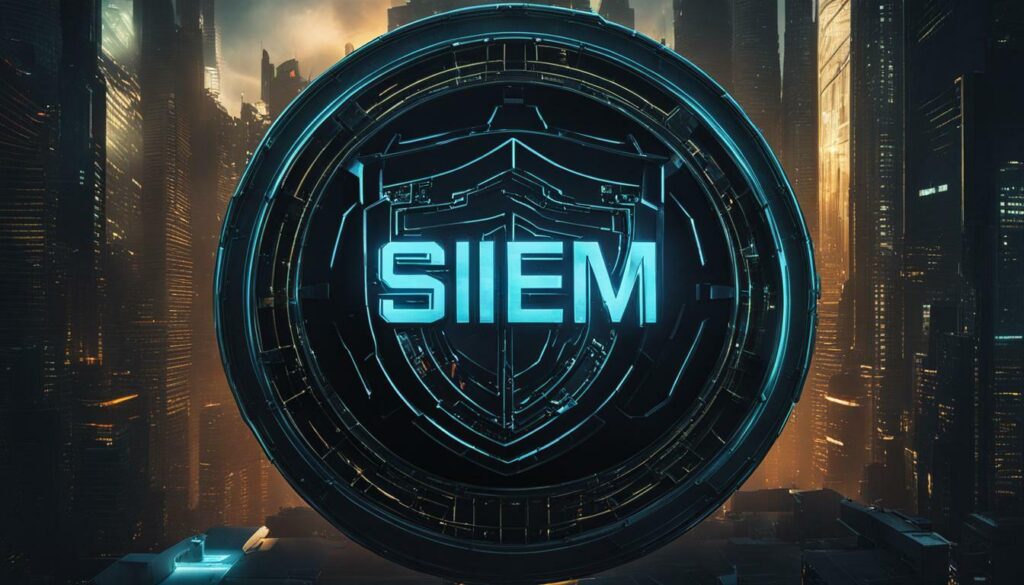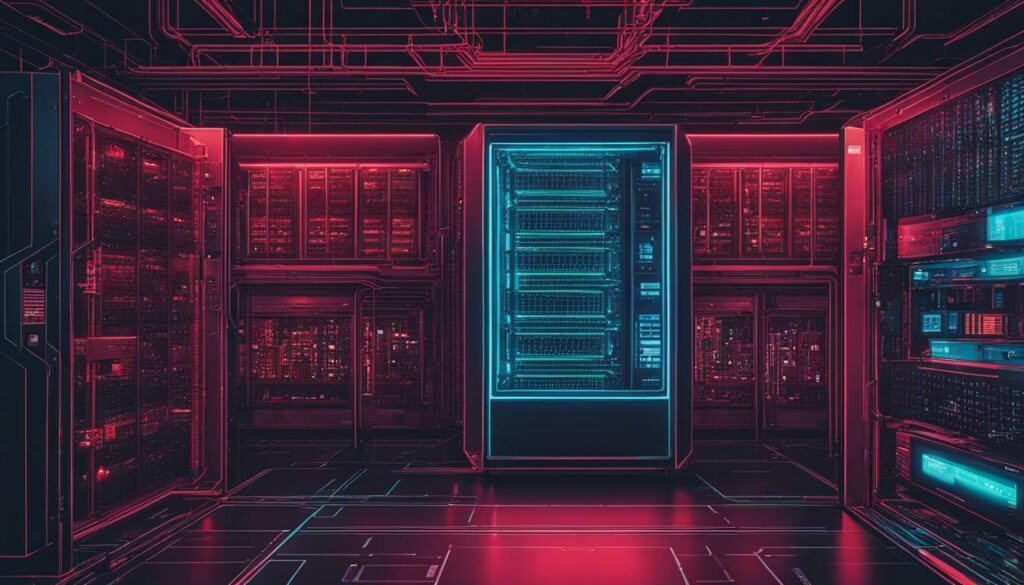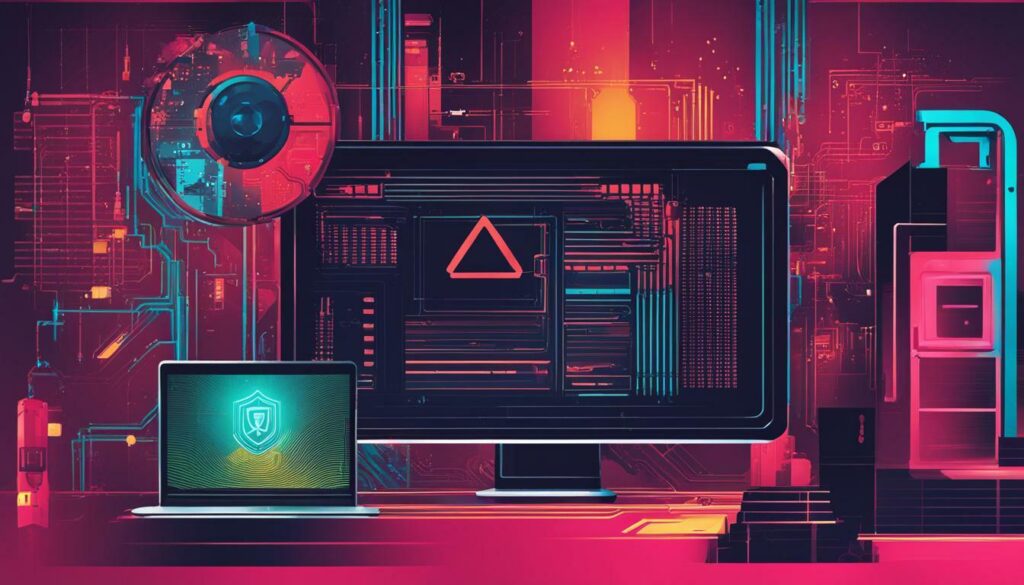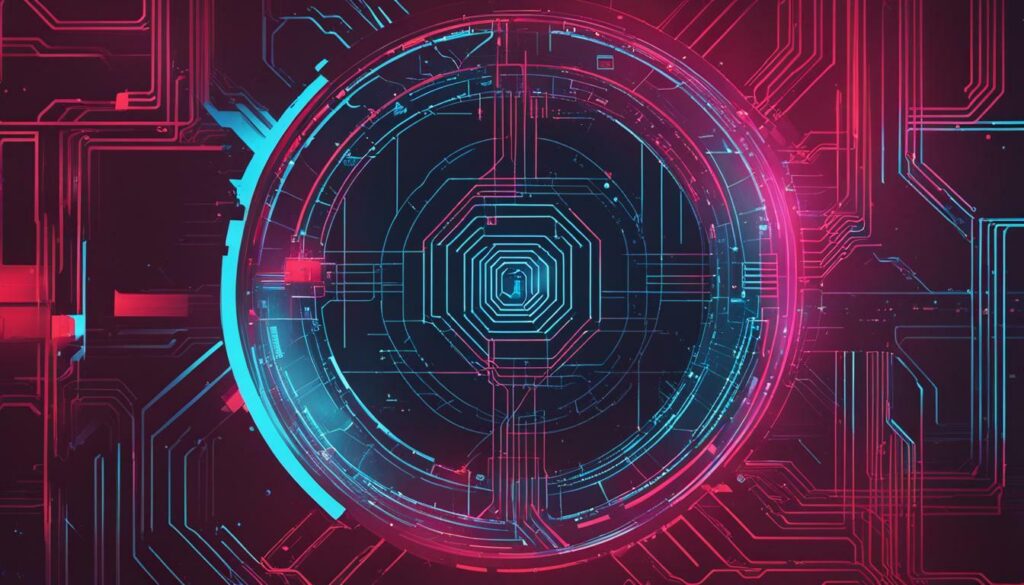In a pivotal move for software security, starting June 1, 2023, new guidelines have come into effect for acquiring code signing certificates—a crucial element for authenticating digital artifacts. This initiative is set to fortify trust within the digital realm, ensuring that the executables and scripts we rely on are not just original, but are also uncompromised. By mandating that keys be generated via hardware crypto module tokens or validated through a Hardware Security Module (HSM), these measures are a response to the pressing need for enhanced security in the face of persistent cyber threats. To further advance software safety, Certificate…
Author: Daniel
In the world of finance, ensuring the security of sensitive data is paramount to maintaining trust and protecting customers. That’s where Security Information and Event Management (SIEM) technology comes in. SIEM solutions are specifically designed to provide finance organizations with comprehensive security measures to safeguard their valuable assets. SIEM combines security information management (SIM) and security event management (SEM) to collect and analyze security-related data from multiple sources in real time. This allows organizations to have a holistic view of their security posture, identify and monitor security events, detect potential threats and attacks, and promptly respond to security incidents. By…
In today’s ever-evolving cybersecurity landscape, mastering SIEM incident response is crucial for organizations seeking robust security. Implementing a well-defined and documented incident response plan is essential to effectively mitigate and manage security incidents, protect valuable assets, and maintain customer trust. Key Takeaways: Developing a well-defined and documented incident response plan is crucial for organizations. Consistently improving incident response processes is necessary to stay ahead of evolving cyber threats. Leveraging threat intelligence can enhance incident response processes and enable proactive threat hunting. Efficient and well-documented incident investigation and response processes streamline incident remediation. Implementing incident response orchestration aligns people, process, and…
In today’s digital landscape, securing datacenters is crucial for safeguarding networks against cyber threats. Intrusion Detection Systems (IDS) and Intrusion Prevention Systems (IPS) are essential tools in this endeavor. IDS detects intrusions and raises alerts, while IPS actively works to prevent attacks. These solutions can be host-based or network-based, and they can utilize signature-based or anomaly-based detection methods. Choosing the right IDS or IPS solution is essential and should be based on an organization’s unique needs and resources. Key Takeaways: Datacenter security solutions like IDS and IPS are vital for protecting networks against cyber threats IDS detects intrusions and raises…
In the rapidly evolving world of financial technology, IAM has emerged as a groundbreaking approach to secure data management for fintech companies. Identity and access management (IAM) has become a critical concern for fintech firms due to the increasing regulatory pressure and growing cybercrime threats in the financial industry. IAM helps ensure segregation of duties and access permissions, protecting customer and employee data while enabling agility in providing quick and efficient services to meet customer expectations. The demand for remote access has further emphasized the importance of IAM, as it ensures secure and authenticated remote connections. Additionally, technologies like artificial…
Understanding the Importance of SIEM Understanding the importance of SIEM is the first step towards successful implementation. In today’s data-driven world, where cyber threats pose a significant risk to organizations, a robust SIEM system is crucial for effective threat detection and management. SIEM solutions enable organizations to collect, analyze, and correlate security events from various data sources, providing real-time visibility into the security posture of the network. Implementing a SIEM solution can be complex, but following best practices can ensure a smooth and successful deployment. Organizations should start by selecting the right SIEM tool based on best practices and industry…
In the realm of data security, understanding the key differences between data loss prevention (DLP) and digital rights management (DRM) is crucial. While both approaches aim to protect valuable information, they have distinct focuses and functionalities. Key Takeaways: DLP focuses on preventing data breaches and unauthorized access. DRM primarily protects copyrighted works and ensures intellectual property protection. Integrating DLP and DRM creates a more comprehensive data protection strategy. DLP detects and blocks potential data breaches, while DRM controls access to sensitive files. EDRM offers advanced features like protection beyond the organization’s perimeter and granular level encryption. The Purpose of Data…
In the world of cybersecurity, both Security Information and Event Management (SIEM) and Security Operations Center (SOC) play crucial roles in monitoring and preventing data breaches and cyber-threats. A SOC is responsible for continual monitoring, preventative maintenance, threat response, and incident response. SOC engineers work directly with a SIEM platform to analyze network traffic and events. The SIEM platform, on the other hand, is a centralized dashboard that collects and analyzes security data from multiple sources, providing real-time visibility into cybersecurity status. It helps detect, investigate, and respond to cyber-threats and can automate intrusion detection and prevention. However, working with…
When it comes to choosing the right SIEM software for your organization, informed decision-making is crucial. Our expert analysis provides in-depth reviews and comparisons of various SIEM solutions, ensuring you have all the information you need to make the best choice for your security needs. Key Takeaways SIEM tools collect, correlate, and analyze security event logs and telemetry in real-time. They help detect and respond to security threats, support compliance requirements, and provide visibility into security incidents. SIEM alternatives include event collection and analytics platforms, extended detection and response products, and managed detection and response services. Implementing SIEM solutions involves…
In today’s increasingly interconnected world, maintaining network security is of paramount importance, and having expert SIEM threat detection solutions in place is crucial. SIEM (Security Information and Event Management) solutions play a crucial role in detecting and responding to security threats in secure networks. These tools collect and analyze event data from various sources to identify anomalous or malicious behavior. They provide real-time monitoring, incident investigation, and reporting capabilities. Key Takeaways: SIEM threat detection solutions are essential for maintaining network security. These solutions collect and analyze event data to identify security threats. SIEM solutions offer real-time monitoring and incident investigation…


